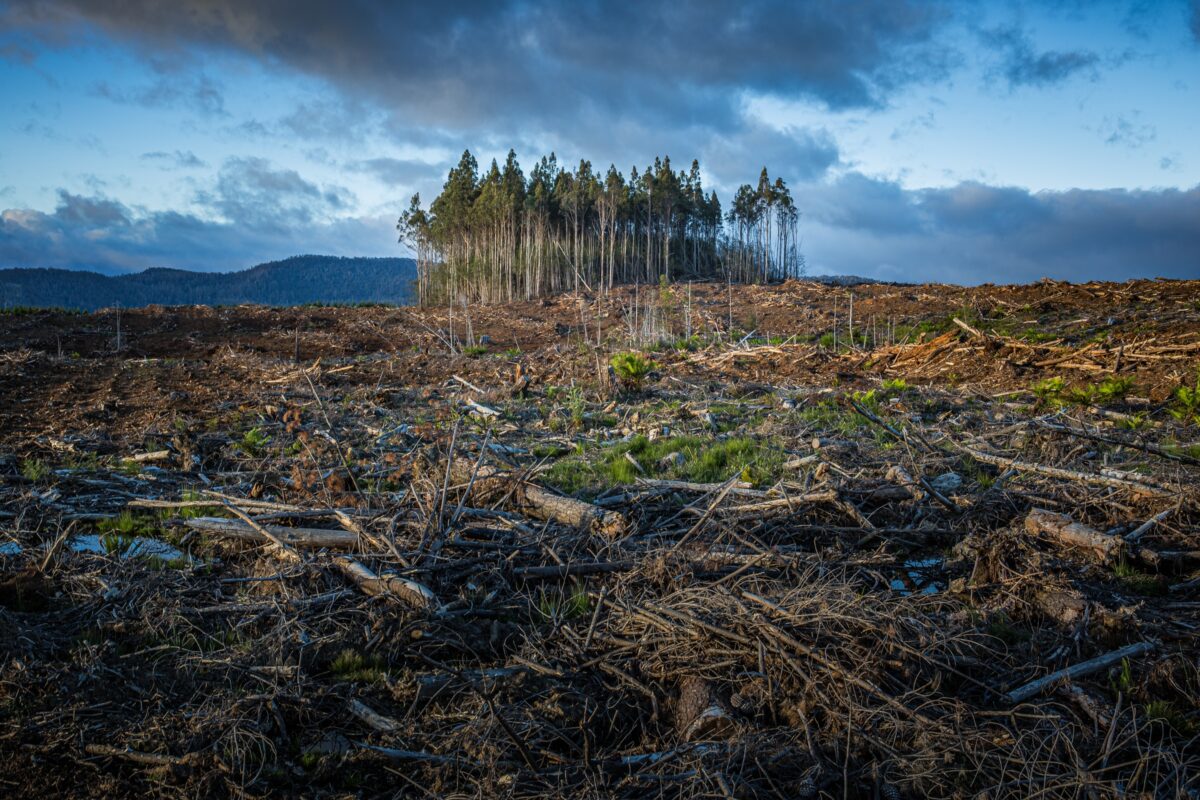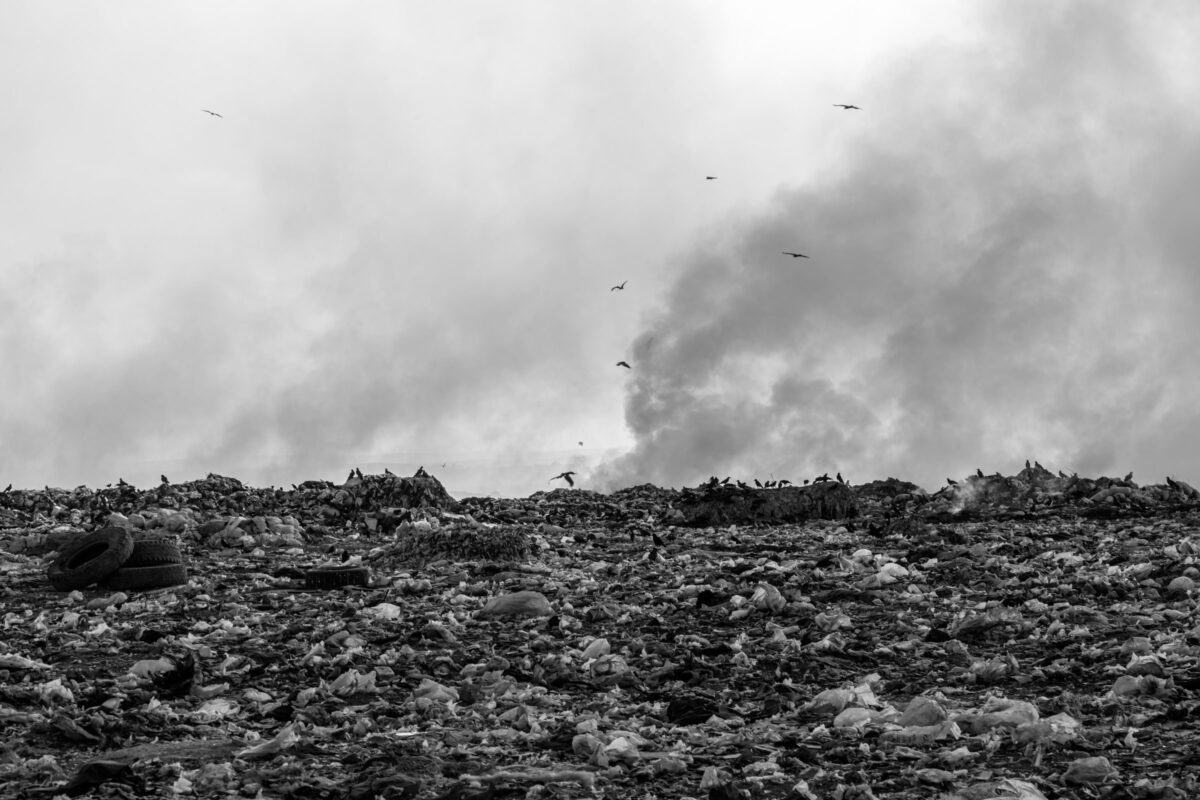For the first time, archaeologists have discovered evidence of a Bronze Age lakeside settlement under the surface of Lake Lucerne. The discovery reveals that the Lucerne area was already settled 3,000 years ago.
Researchers announced on Thursday that this is 2,000 years earlier than previously believed.
While laying a pipeline in the natural harbour field, traces of a pile dwelling (or stilt house) village were discovered. Underwater archaeologists discovered the relics about four meters below the water’s surface.
“This finally confirms the theory that, in earlier times, the Lucerne lake basin was a suitable settlement area,” a canton Lucerne External link said.
Settlement proof
For a long time, archaeologists had been searching for evidence of occupation but had been thwarted by a dense layer of mud at the lake’s bottom. However, excavation of the pipeline uncovered approximately 30 prehistoric wooden piles or stilts, as well as five pieces of pottery.
The wood and pottery have been dated to the late Bronze Ages, about 1,000 years ago.
The discovery comes on the tenth anniversary of the Unesco designation of prehistoric lakeside pile dwellings in Alpine countries, including Switzerland.
In total, the label has been awarded to 111 of the world’s most important places across six countries. Switzerland is home to 56 of themExternal connection.
Unesco describes the groupExternal link of dwellings as “one of the most important sources for the study of early agrarian societies in the region”.




